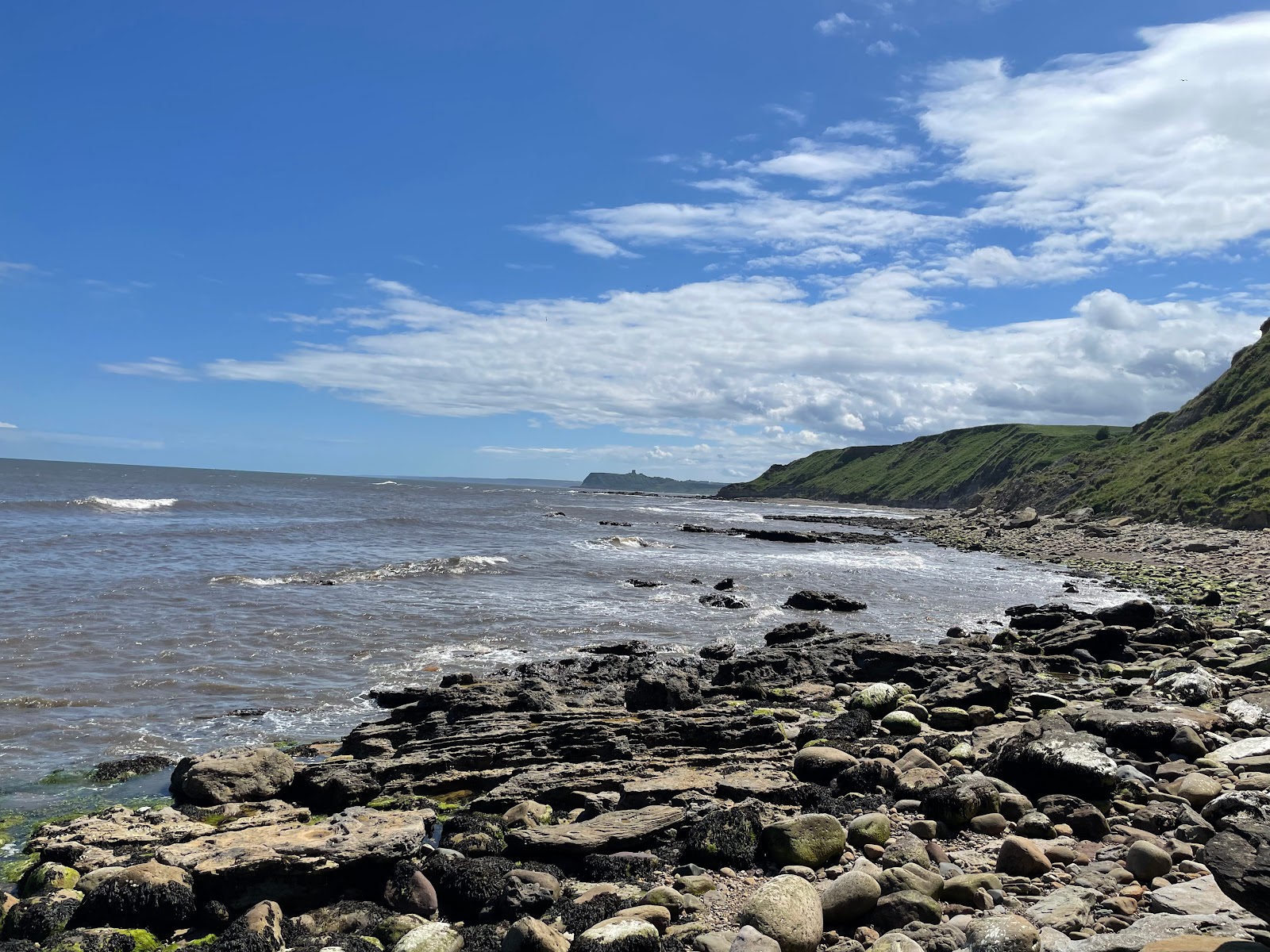Here on the Yorkshire coast conditions are changeable. The wind strikes up suddenly, in urgent gusts. Clouds appear, as if from nowhere, and scud. A sky that only a few minutes ago was lustrously blue is now turbulent. The temperature drops. Out in the garden, the reader shrugs his shoulders. It may change again in a few minutes. Perseverance! A drop of rain? Τίποτα! So what? After a while, the goose flesh calms and the sun shines once more. The al fresco book regains its attraction. Concentration returns.
These mutable, unsettled weather patterns can be frustrating, but there is a vitality here to the climate that isn’t true of London, where low, grey clouds hang over the Thames Valley for weeks, causing Londoners the sort of mental depression that may lock itself in for whole seasons of the year. In the summer, our days are longer here than in the south, but our temperatures are lower. After twenty years of nurturing plants in my small garden in Tooting, I am adapting my expectations to later and less dramatic growth. Here my paeonies are yet to open; the delphiniums edge very slowly to the sky: a northern hesitation perhaps about the unfettered skyscraper, the ostentatiously showy.
****
Twenty minutes’ brisk walk to the edge of the village and across the fields brings one to land’s end. The sky opens like a clam. The sea too is changeable here. Some days, the walker feels its anger and strength, even from the cliffs. But on a calm day, whether the tide is in or out, the dark surface is glassy: in no way like the Aegean, but still surprisingly at rest, ostensibly innocent. North of Scalby Ness the beaches are rocky, the cliffs – while less friable than those below Flamborough – are prone to dramatic erosion. This is a Jurassic coastline, good for fossil hunters.
 |
| Crook Ness toward Scarborough headland |
At Crook Ness, a rough path, leading through an ancient ravine to a tight and steep concrete staircase, takes the walker down to the beach. At this time of the year, the path is flanked with a riot of red campion and cow parsley. The air buzzes with bees and is thick with flying insects of all shapes and sizes. Keep your mouth closed! Still, it’s a great relief for one who worries about the absence today of the flies, bees, wasps and daddy-longlegs of childhood. The view on the beach is majestic. On one side the restless sea rising to the horizon; on the other, the indentations of the coastline – jagging in and out all the way to the dramatic headland on which the great keep of Scarborough Castle keeps watch over us all.
****
 |
| The outer bailey at Scarborough Castle |
Since the flowering started in February, it has been a pleasure to reacquaint myself with names lost since childhood: viper’s bugloss, birdsfoot trefoil, herb Robert, cornflower, cow slip, red campion, to say nothing of the ubiquitous cow parsley, dandelion, celandine, wild garlic, buttercup, red clover, forget-me-not. The castle grounds are a tangle of white, yellow, red and blue wildflowers, jostling alongside elegant and wispy grasses – all of them seemingly impervious to salty sea air. My task for the next few weeks is to learn the typology of those grasses and to put names to the wildflowers I don’t recognise.
 |
| Scarborough harbour and town; the South Bay |
****
At the end of the month, it will be five years since my professional career ended. In June 2017, I was unhappy in my job in the Foreign Office and needed to finish my PhD (the clock was running away from me). The Foreign Office, however, refused my application for special unpaid leave and I had no option but to resign. But I didn’t intend to leave the civil service for good. When I finished my PhD, I knocked at the Foreign Office’s door to examine the possibility of return, only to discover not only that that return would be next to impossible, but that my own life had moved on. Compromises I made throughout my professional career no longer seemed wise or achievable.
Outside the straitjacket, it has become possible to think again and to engage in the real stuff of a lifetime, what the Benedictine writer Dom. David Foster calls ‘a recovery of our whole lives and a reorientation of our way of looking at them and living them’. Now in my mid-fifties, I have this exciting task ahead of me. My return in January to Yorkshire, my πατρίδα / patrida, is at the heart of that. It has been a good start.
John
9 June 2022



